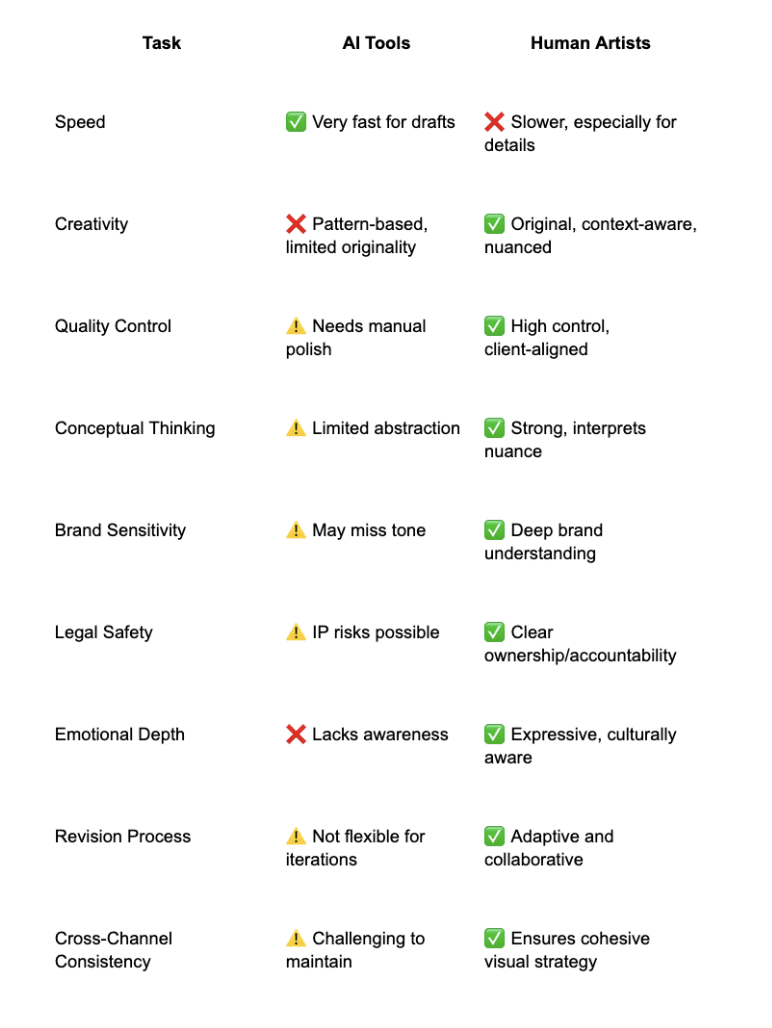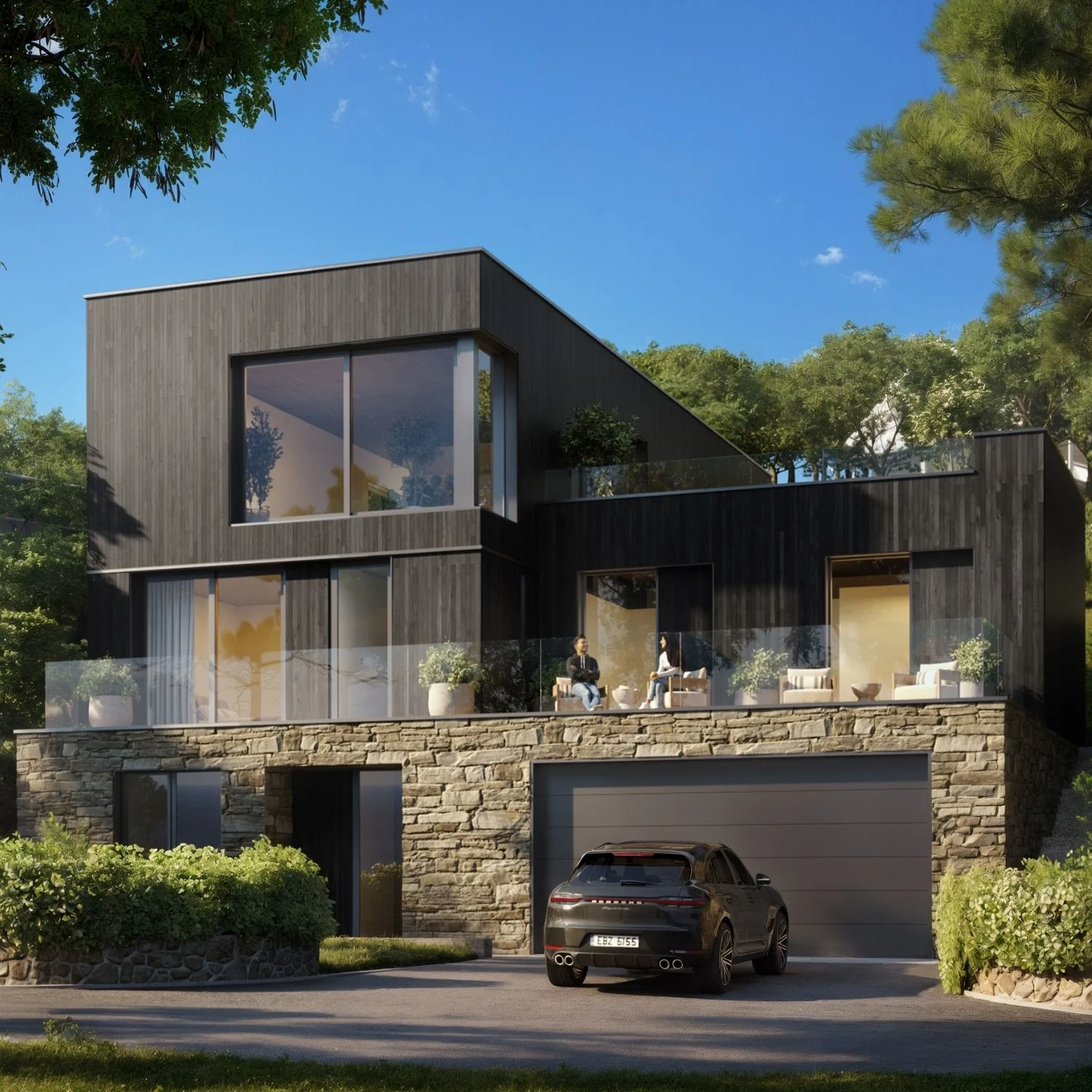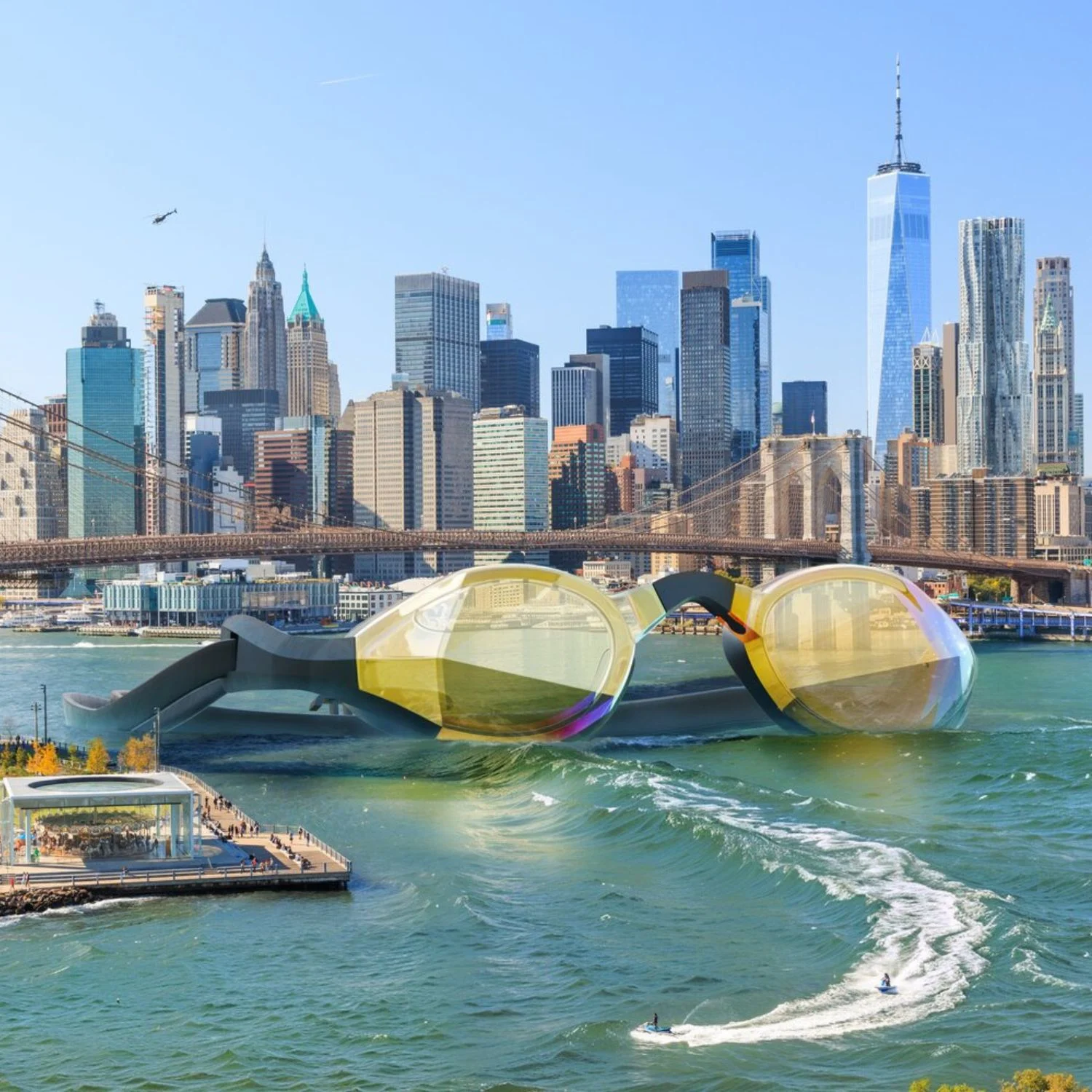Will AI Replace 3D Artists? AI Rendering Software vs. Human Creativity
Explore how AI rendering software empowers faster workflows, elevates visual storytelling, and redefines the role of artists in modern design pipelines.
-2.webp)
AI-assisted modeling significantly accelerates production workflows. But can it truly deliver the originality and brand sensitivity clients expect?
This article’ll explore how AI rendering software transforms 3D design, what it can and cannot do, and why the most innovative solution blends innovation with human artistry.
How AI-Powered Systems Are Evolving 3D Design
Over the past few years, machine intelligence has reshaped the creative landscape. AI software for rendering is now part of every 3D workflow phase—from modeling to final renders. This transformation has opened the door to more scalable, affordable, and accessible design pipelines across industries. Platforms like Kaedim or Runway ML automate tedious tasks and let teams test more ideas, faster. Tools like Spline AI also open 3D design to non-experts.
Additionally, rendering AI software is especially helpful in architectural visualization, generating early-stage concepts for interior and exterior designs. From floor plans to room styling, intelligent systems can assist in creating fast, presentable drafts for bathrooms, bedrooms, and other living spaces. It also performs remarkably well in generating furniture models, helping designers quickly visualize layouts and significantly speed up the 3D modeling process.
Yet, the question remains: can AI rendering software replicate the depth, originality, and intent of human experience?
Best AI Software for Rendering: The Rise of Smart Visualization Tools
Let’s look at the major players in the AI 3D rendering scene:
Kaedim
Kaedim quickly converts 2D art into 3D models, enabling rapid prototyping for games and interactive projects.
Key Features & Benefits:
- Converts sketches into usable low-poly models
- No 3D modeling experience needed
- Web-based AI visualization software for accessibility
Drawbacks:
- Limited control over model quality/detail
- Output often requires manual cleanup for professional use
- Pricing may be too high for indie creators
Price: $1200/month (Pro plan)
Lumion (with AI Features)
A real-time architectural rendering software enhanced with AI sky, weather, and lighting tools.
Key Features & Benefits:
- Machine-assisted photorealism
- Supports live feedback and client presentations
- Easy integration with CAD tools
Drawbacks:
- Requires a high-performance PC
- Limited artificial intelligence depth — some effects still manually adjusted
- Not ideal for character rendering or creative storytelling
Price: $1149/year
Runway ML
Runway ML provides a powerful, user-friendly toolkit for generative media like AI product images and video.
Key Features & Benefits:
- Text-to-video and style transfer
- Automated intelligence rotoscoping and green screen tools
- Works well with Adobe tools
Drawbacks:
- Output can be inconsistent, especially with video generation
- Some tools are locked behind the expensive Pro tier
- Less control compared to traditional VFX software
Price: free plan available; $144/year (Standard), $336/year (Pro)
NVIDIA Omniverse
This advanced platform combines real-time AI rendering software, physics simulation, and team collaboration for scalable 3D pipelines.
Key Features & Benefits:
- Supports massive collaborative scenes
- Physics-based rendering with RTX
- Compatible with USD format
Drawbacks:
- Steep learning curve for new users
- Requires RTX GPU and strong hardware
- More suitable for studios than solo creators
Price: $4,500/year
.webp)
Spline AI
This tool allows browser-based 3D rendering AI using natural language, offering entry-level creators fast ways to build simple scenes.
Key Features & Benefits:
- Text-to-3D generation
- Interactive web-based editor
- Great for quick visual concepts
Drawbacks:
- Limited to simple geometric shapes and styling
- Lack of advanced modeling tools
- Not suitable for production-grade assets
Price: $240/year (Pro)
D5 Render
Architects use D5 Render to generate quick, photorealistic AI renderings with enhanced lighting and global illumination.
Key Features & Benefits:
- Real-time GI and smart lighting
- Supports multiple 3D formats
- Fast and visually rich output
Drawbacks:
- Windows-only
- Intelligent automation limited to lighting; no generative features
- Not suited for character animation or game dev pipelines
Price: $360/year (Pro)
Luma AI
Luma AI uses NeRF technology to generate realistic 3D scenes from smartphone footage, making it a powerful example of AI 3D rendering software.
Key Features & Benefits:
- Converts real-world environments to 3D
- Mobile-friendly capture
- Useful for virtual tours and AR/VR
Drawbacks:
- Requires specific capture angles and lighting
- Outputs are complex to edit or retopologize
- Mostly photogrammetry — not suited for stylized or abstract work
Price: $$251.92/year (Plus)
These tools empower creatives by:
- Automating repetitive modeling tasks
- Accelerating AI render image and animation pipelines
- Enhancing realism with smart lighting/materials
- Generating environments, characters, and props via image rendering AI
- Offering new prototyping methods with voice or text commands
- Shortening feedback loops by producing variants for A/B testing
- Providing real-time rendering previews for client presentations
- Reducing dependency on large render farms for early-stage projects
Despite these innovations, intelligent systems still lack critical creative instincts and fail to understand context or subjective taste. Furthermore, these tools often require human intervention to reach professional, client-ready standards.
Where AI Rendering Software Falls Short for Commercial Projects
Despite their speed, AI photo render tools often lack emotional nuance, branding insight, adaptability, and consistent quality—key factors for client success.
Artificial intelligence often struggles to interpret subtle brand guidelines or translate abstract concepts into engaging visuals. For instance, a marketing manager may ask for an atmosphere that feels "elegantly rustic"—a request that requires cultural understanding, color psychology, and market sensitivity. Rendering AI software might offer generic suggestions that miss the mark.
Moreover, intelligent systems lack the ability to truly collaborate. It cannot ask questions, challenge ideas, or co-develop concepts based on evolving business strategies. This gap becomes critical in long-term campaigns or product launches where cohesion and adaptability are key.
Legal and ethical concerns are also rising around machine-generated content. Some rendering tools source training data from the internet without clear licensing, posing a potential intellectual property risk. Businesses that rely too heavily on such platforms may face challenges around content ownership and originality.
The Future Role of 3D Artists
AI won’t replace CGI artists—it’s transforming how they work. Today’s professionals use AI visualization software as a co-pilot: accelerating tasks, not replacing creativity. At agencies like Pixready, artists combine AI tools with traditional 3D software to streamline workflows while focusing on strategy, storytelling, and brand alignment. They build tailored asset libraries, guide visual direction, and collaborate closely with clients. This hybrid model frees them from repetitive work, allowing deeper creative exploration.
Art direction, emotional nuance, and human insight are more important than ever—AI assists, but artists lead.
Rendering AI Software vs. Human Creativity: A Side-by-Side Comparison
Which is better for your business: smart automation or human insight? The answer lies in integration. Here’s a quick breakdown:

Businesses benefit most from a hybrid model—using AI 3D rendering software for speed and artists for originality.
Where Rendering AI Software Still Can’t Replace Traditional 3D Visualization

AI-generated visuals lacked texture, realistic lighting, and accurate proportions—building surfaces appeared flat, elements like windows and cars were mis-scaled, and scenes felt lifeless. Key details were blurry or oversimplified.
In contrast, traditional 3D renders delivered natural materials, precise scaling, atmospheric lighting, and rich environmental context.
AI rendering software is useful for rough concepts, but for polished, client-ready visuals, human-created CGI remains more reliable.
What the AI Revolution Really Means for 3D Design
So, will AI replace 3D artists? Not completely. While intelligent 3D rendering tools are revolutionizing workflows, human creativity remains irreplaceable. The real power lies in collaboration—AI speeds up execution, while artists ensure brand consistency, emotion, and depth.
Creative professionals who embrace artificial intelligence as an enabler—not a replacement—are shaping the next generation of visualization. Companies that support this collaboration will gain stronger visuals, higher ROI, and deeper engagement with customers.
In this era of automation, creativity is your brand’s most defensible asset. It builds connection, trust, and memorability in ways algorithms cannot.
AI vs. 3D Modeling

Example: Renovation of a House in the Historic Center of an American City
The client provided two photos and requested an architectural visualization using only automated intelligence, with minor edits: adding a fence, some greenery, and a porch roof.
But AI rendering software failed — the edits were too complex. Distorted elements, unrealistic lighting, and poor scaling made the output unusable. Traditional modeling delivered precise, photorealistic results.
That’s why the PIXREADY experts manually remodeled the house and integrated it into the photo. Intelligent systems are not the best tool for such tasks. While AI 3D render tools can generate concepts, accurate reproduction is better achieved through traditional three-dimensional modeling and visualization.
Don’t just automate—elevate.
If you're a business owner, invest not only in technology but in creative partnerships that amplify your brand’s uniqueness. Let AI do the heavy lifting, but let artists shape the soul of your message.
Prioritize creativity. Support your teams. Invest in what makes your brand unforgettable.
Why Choose PIXREADY for 3D Visualization in the AI Era
If you're looking for a partner who understands both the power of artificial intelligence and the irreplaceable value of human creativity, PIXREADY is your team. By combining expert talent with AI software for rendering, we deliver exceptional results using the best of both worlds:
- Precise, branded visuals
- Fast turnaround with AI image rendering tech
- Transparent pricing and project management
- Hybrid workflows using both human skill and advanced 3D rendering AI
- Ongoing consultation and creative direction support
- Full copyright and licensing protection
Award-winning expertise: Pixready was recently recognized for Best Interior CGI Company by the UK Property Awards.
Photorealistic Rendering for a 200-Year-Old Tequila Brand
The client approached PIXREADY with a machine-generated concept: a private gastronomic dinner at a tequila brand’s museum. We transformed this idea into detailed, photorealistic 3D interior visuals that captured the event’s atmosphere.

Blending traditional Mexican motifs with modern accents, natural materials, and emotional lighting, we designed a space for 34 guests with dedicated tasting and storytelling zones that reflect the brand’s 200-year heritage.
By combining AI for rendering with expert human creativity, we delivered visuals that were not only accurate but emotionally resonant. The final renders became a key asset in the client’s presentation strategy. Project success led to continued collaboration on additional museum spaces, maintaining consistent quality and rich narrative depth.
Conclusion
Will AI replace 3D artists? No, but changes how they work. It speeds up production but lacks emotional depth and strategic insight.
Creative success in today’s market demands more than just automation—it requires storytelling and human-led design thinking. The most effective visuals come from the union of intelligent tools and experienced creators.
To stay competitive, invest in high-quality, emotionally engaging product visuals. Trust PIXREADY to deliver visuals that captivate, connect, and convert.
.png)
Founded by a group of technology, architecture, and design professionals in 2018, PIXREADY is one of the challengers empowering the 3D visualization industry and making its products and services more affordable.We are determined to assist businesses around the world to create photorealistic images of their products and ideas and enrich the experience of their clients. We focus on the details, with the highest precision in every pixel.
Latest Posts
STAY UPDATED
Get occasional emails with 3D visualization news and insights


%20%D0%BA%D0%BE%D0%BF%D1%96%D1%8F.webp)